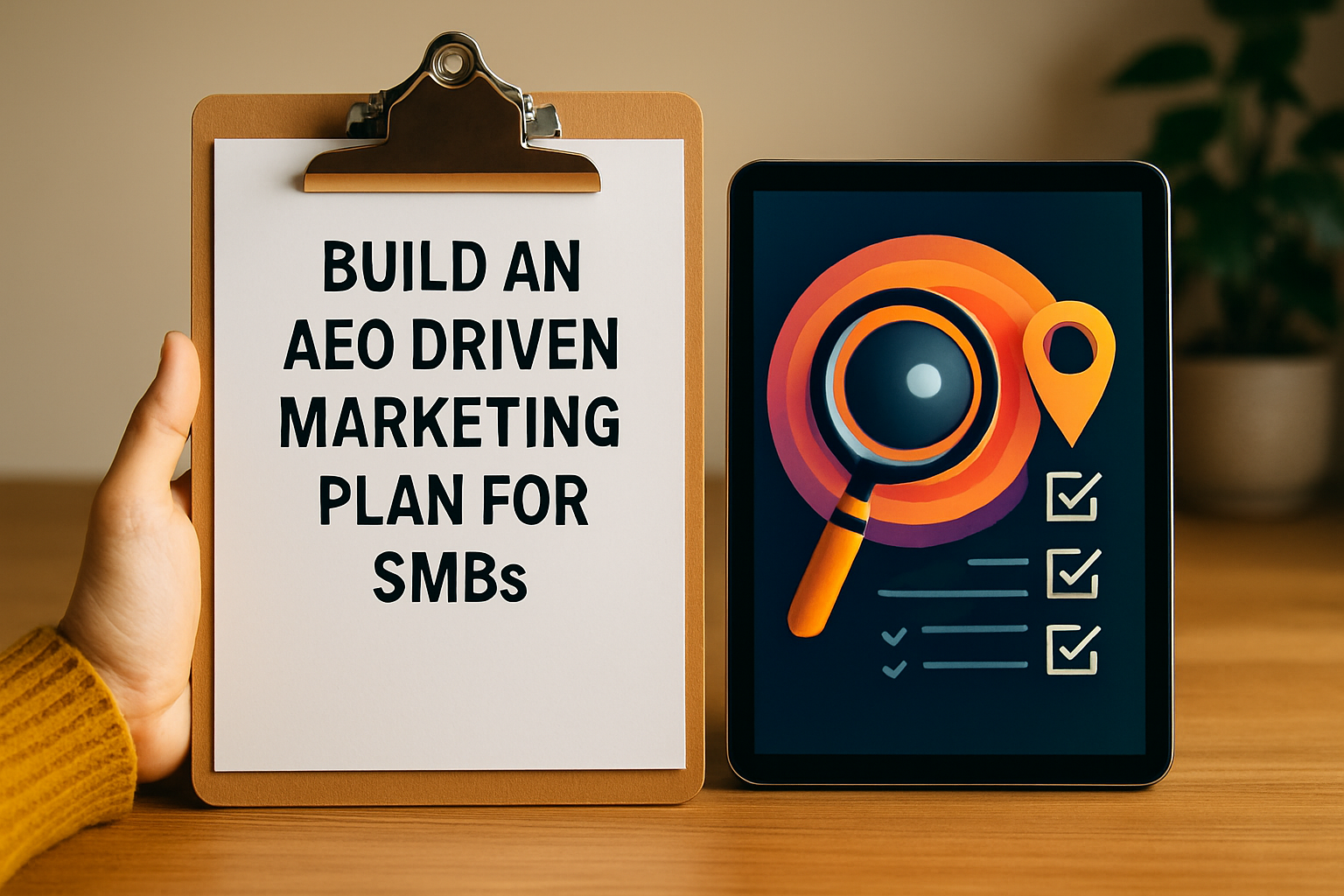Automation Software: Everything You Need to Know

Did you know that businesses using automation software can cut manual error rates from almost 5 percent to less than 0.5 percent? With the race for efficiency more intense than ever, companies large and small are turning to automation to handle repetitive tasks smoothly and accurately. Understanding how this technology works and what it can do sheds light on its real-world impact, from streamlining daily operations to freeing up teams for more important work.
Table of Contents
- What Is Automation Software and How It Works
- Types of Automation Software for Businesses
- Core Benefits of Using Automation Solutions
- Real-World Use Cases in Service Industries
- Risks, Costs, and Common Missteps
- Comparing Automation Software to Manual Processes
Key Takeaways
| Point | Details |
|---|---|
| Efficiency Enhancement | Automation software increases operational efficiency by executing repetitive tasks with minimal human intervention. |
| Error Reduction | It significantly lowers the likelihood of human errors, improving overall task accuracy. |
| Employee Empowerment | By automating routine processes, employees can focus on strategic and creative tasks, enhancing job satisfaction. |
| Adaptability and Scalability | Automation provides businesses with the ability to quickly adapt to market changes and scale operations without proportional increases in workforce. |
What Is Automation Software and How It Works
Automation software is a powerful technological solution that enables businesses to execute repetitive tasks with minimal human intervention. According to research from GeeksforGeeks, this technology identifies routine processes and creates automated scripts that can run independently, dramatically reducing manual workload and potential human errors.
At its core, automation software works by establishing a series of predefined triggers and actions. When a specific condition is met - like receiving a new customer inquiry or processing a payment - the software automatically executes a predetermined workflow. These workflows can range from simple tasks like sending welcome emails to complex processes involving multiple integrated systems.
The key benefits of automation software include:
- Increased operational efficiency
- Significant reduction in human error
- Enhanced productivity by freeing employees to focus on strategic work
- Consistent and predictable task execution
- Improved response times and customer experience
By systematically breaking down repetitive business processes and creating intelligent, rule-based execution paths, automation software transforms how organizations manage their daily operations. It acts like a digital workforce, tirelessly performing tasks with precision and speed that human workers simply cannot match.
Types of Automation Software for Businesses
Businesses today have access to a diverse range of automation software designed to streamline operations across different functional areas. According to research from GeeksforGeeks, these technologies span several specialized categories, each targeting specific organizational needs and challenges.
Key types of automation software include:
Here’s a comparison of key automation software types and their primary uses:
| Automation Type | Example Tools | Main Purpose |
|---|---|---|
| Configuration Management | Ansible Puppet |
Manage and configure IT infrastructure |
| Workflow Automation | Jenkins | Automate sequential business processes |
| Orchestration | Kubernetes | Deploy and manage containerized applications |
| Monitoring | Nagios | Track system health and performance |
| Robotic Process Automation | UiPath Blue Prism |
Automate rule-based, repetitive tasks |
| Intelligent OCR (IOCR) | ABBYY FlexiCapture | Extract and process data from documents |
- Configuration Management Tools (like Ansible and Puppet): These help manage and configure computer systems and software consistently across complex IT infrastructures
- Workflow Automation Tools (such as Jenkins): Designed to automate sequential tasks and processes within software development and business operations
- Orchestration Tools (like Kubernetes): Enable automated deployment, scaling, and management of containerized applications
- Monitoring Tools (such as Nagios): Track system performance, detect issues, and provide real-time insights into technological ecosystems
Moreover, advanced process automation technologies are revolutionizing business efficiency. Research indicates two particularly powerful approaches: Robotic Process Automation (RPA) for automating rule-based, repetitive tasks, and Intelligent Optical Character Recognition (IOCR) for extracting and processing data from documents automatically. These technologies enable businesses to reduce manual intervention, minimize errors, and allocate human resources to more strategic, creative endeavors.
Core Benefits of Using Automation Solutions
Automation solutions are transforming how businesses operate, offering a range of strategic advantages that go far beyond simple task completion. According to research from GeeksforGeeks, implementing these technologies delivers multiple critical benefits that can fundamentally reshape organizational effectiveness.
The core benefits of automation solutions include:
- Cost Savings: Reducing manual labor and operational expenses
- Increased Speed: Dramatically accelerating task completion times
- Enhanced Security: Minimizing human error and potential security risks
- Improved Accuracy: Ensuring consistent and precise task execution
- Scalability: Enabling businesses to expand operations without proportional increases in workforce
Moreover, automation empowers employees by freeing them from repetitive, mundane tasks. Research indicates that by automating routine processes, organizations allow their team members to redirect energy toward more strategic, creative, and high-value activities. This not only boosts overall productivity but also increases job satisfaction and creates opportunities for professional growth.
Beyond individual benefits, automation solutions provide businesses with a competitive edge. They enable faster response times, more reliable service delivery, and the ability to quickly adapt to changing market demands. By systematically reducing human intervention in routine processes, companies can create more agile, responsive, and efficient operational models that drive sustainable growth and innovation.
Real-World Use Cases in Service Industries
Automation technologies are revolutionizing service industries by transforming traditional operational workflows across multiple sectors. According to research from GeeksforGeeks, businesses are implementing sophisticated automation solutions to streamline critical processes and enhance organizational efficiency.
Key service industry automation use cases include:
- Customer Support: Deploying intelligent chatbots to handle initial customer inquiries and provide 24/7 support
- Finance and Accounting: Automating invoice processing, expense tracking, and financial reporting
- Marketing: Managing complex campaign workflows, email sequences, and customer segmentation
- Human Resources: Streamlining payroll processing, employee onboarding, and performance tracking
- IT Operations: Monitoring system health, managing network infrastructure, and detecting potential security threats
For instance, the U.S. Department of the Interior has demonstrated how process automation can significantly improve financial operations. By implementing automated systems for data management and invoice processing, government agencies can reduce administrative overhead, minimize human error, and allocate resources more strategically.

These real-world applications showcase how automation is not just a technological trend, but a fundamental shift in how service-oriented businesses approach operational efficiency and resource management.
Risks, Costs, and Common Missteps
While automation solutions offer tremendous benefits, businesses must carefully navigate potential challenges and pitfalls. According to research from GeeksforGeeks, implementing automation technologies involves understanding several critical risk factors that can impact overall success.
Key risks and potential missteps include:
- High Initial Costs: Significant upfront investment in technology and implementation
- Limited Flexibility: Automated systems may struggle with complex or rapidly changing processes
- Technology Dependency: Over-reliance on automated systems can create operational vulnerabilities
- Potential Job Displacement: Automation might reduce certain traditional workforce roles
- Maintenance Challenges: Ongoing updates and system maintenance require continuous investment
As the U.S. Department of the Interior highlights, process automation demands meticulous evaluation of existing business processes. Improper implementation can paradoxically increase inefficiencies and costs, undermining the very benefits automation promises. Successful adoption requires a strategic approach: thoroughly mapping current workflows, identifying truly automatable tasks, selecting appropriate technologies, and creating a phased implementation plan that allows for continuous refinement and human oversight. Smart organizations view automation not as a complete replacement for human expertise, but as a powerful tool to augment and enhance human capabilities.
Comparing Automation Software to Manual Processes
Automation software represents a revolutionary approach to business operations, fundamentally transforming how tasks are executed compared to traditional manual processes. According to research from GeeksforGeeks, the differences extend far beyond simple speed improvements, touching core aspects of organizational efficiency and performance.
Key comparative aspects between automation and manual processes include:
- Speed: Automated systems complete tasks exponentially faster than human workers
- Accuracy: Reduction of human error from nearly 5% to less than 0.5% in repetitive tasks
- Consistency: Uniform execution of processes without variation or fatigue
- Scalability: Ability to handle increasing workloads without proportional resource increases
- Cost Efficiency: Significant reduction in long-term operational expenses
Manual processes are inherently limited by human constraints such as fatigue, inconsistency, and slower processing speeds. Automation software, by contrast, operates continuously without breaks, maintaining precise performance standards. This technological approach doesn’t just replace human effort but strategically redistributes human talent toward more creative, strategic tasks that require nuanced decision-making and emotional intelligence. The result is a more dynamic, responsive organizational model where technology and human expertise complement each other, driving unprecedented levels of productivity and innovation.
Streamline Your Small Business with Intelligent Automation Solutions
The challenges of managing repetitive tasks and inefficient workflows can hold your business back from reaching new heights. As the article highlights, automation software helps reduce manual errors, improves speed, and boosts operational efficiency. But knowing where to start and how to implement these solutions can feel overwhelming.
At Authority Echo, we understand these specific pain points faced by service-oriented small businesses. Our all-in-one SaaS platform provides automated payment processing, real-time scheduling, lead nurturing, and reputation management to reduce administrative workload and accelerate customer interactions. By integrating AI-driven chat agents and content tools, we empower you to enhance lead conversion and client loyalty without expanding your team.
Discover how automation can transform your daily operations and give you the freedom to focus on growing your business.
Unlock your potential now with streamlined automation.

Ready to leave manual processes behind? Visit Authority Echo’s platform and see how our tailored automation solutions deliver faster payments, higher retention, and measurable growth. Act today and experience the future of small business management—simplified, efficient, and scalable with Authority Echo.
Frequently Asked Questions
What is automation software?
Automation software is a technological solution that allows businesses to execute repetitive tasks with minimal human intervention, significantly improving efficiency and reducing human error.
How does automation software work?
Automation software works by creating predefined triggers and actions that automate workflows. When specific conditions are met, the software automatically executes a series of tasks, enabling consistent and predictable task execution.
What are the benefits of using automation software in business?
Using automation software can lead to increased operational efficiency, reduced human error, improved productivity, cost savings, and enhanced customer experiences.
What types of automation software are available for different business needs?
Key types of automation software include Configuration Management Tools (like Ansible), Workflow Automation Tools (such as Jenkins), Orchestration Tools (like Kubernetes), Monitoring Tools (such as Nagios), Robotic Process Automation, and Intelligent Optical Character Recognition.




